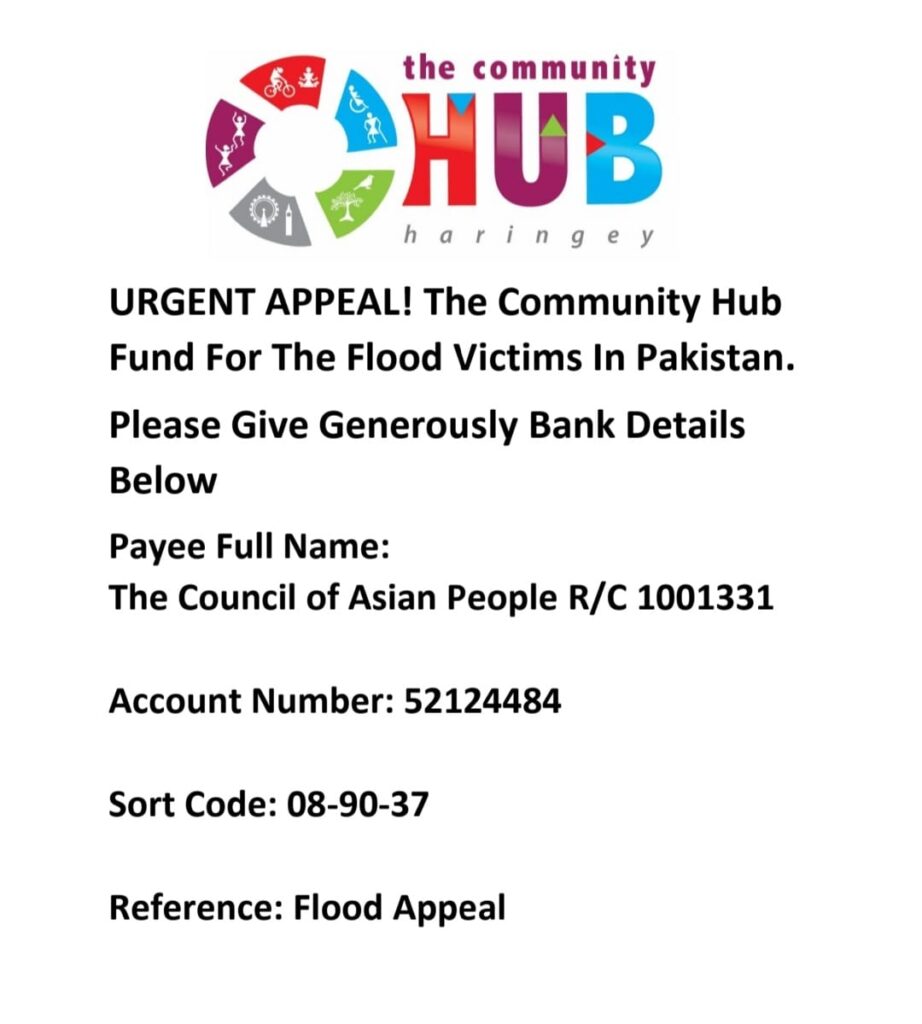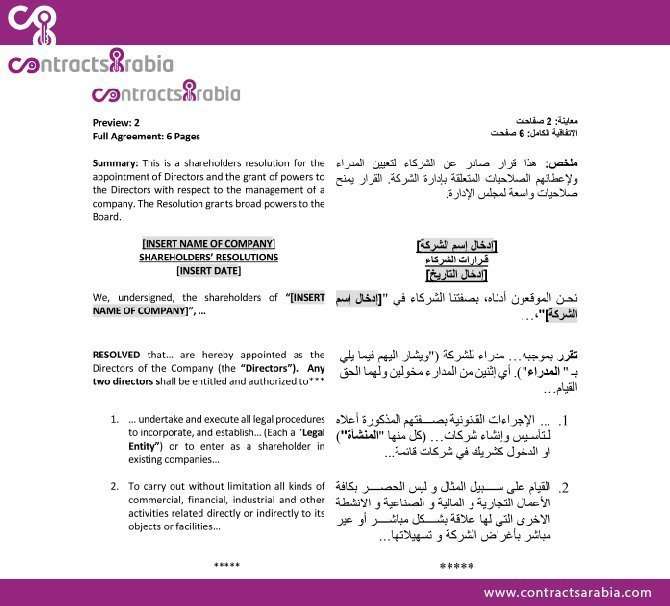Urgent Flood Warning: Immediate Actions To Take (NWS)

Table of Contents
A National Weather Service (NWS) flood warning is a serious alert demanding immediate action. Flooding can strike rapidly and unexpectedly, causing devastating damage and posing a significant threat to life and property. This guide outlines crucial steps to take when an urgent flood warning is issued by the NWS. Understanding these actions can save lives and minimize property damage. Don't underestimate the power of a flood; preparedness is key.
Understanding the NWS Flood Warning
The NWS uses a tiered system to communicate flood risks. It's vital to understand the difference between a flood watch, warning, and advisory to respond appropriately.
-
Flood Watch: A flood watch signifies that conditions are favorable for flooding. This is a time to prepare, monitor conditions, and stay informed. While not an immediate threat, a watch means you should be ready to act if conditions worsen.
-
Flood Warning: This is the most urgent alert. A flood warning means flooding is occurring or is imminent. Immediate action is required. Do not delay; your safety is paramount. Pay close attention to the specific areas mentioned in the NWS alert; these are the zones most at risk.
-
Flood Advisory: A flood advisory indicates that minor flooding is occurring or is possible. While less urgent than a warning, it's still important to monitor the situation and take precautions.
-
Key things to remember during a flood warning:
- A flood warning means flooding is occurring or is imminent. Don't wait for the flood to arrive before you act.
- Immediate action is absolutely required. This is not a time to hesitate.
- Pay close attention to the specific areas affected, as outlined in the NWS alert. These are the zones at greatest risk.
- Check the NWS website or app for the latest updates and detailed information, including predicted flood levels and potential evacuation zones. The NWS is your best source for real-time information.
Protecting Yourself and Your Family
Personal safety is the top priority during a flood. Your actions during a flood warning can be the difference between life and death.
-
Evacuate immediately if instructed by authorities: This is not a suggestion; it’s a command. Obey all evacuation orders without delay. Authorities know the risks and have your safety in mind.
-
Move to higher ground: If you cannot evacuate, move to the highest level of your home or seek higher ground immediately. Avoid basements, as these are the most vulnerable areas during flooding.
-
Avoid floodwaters: Floodwaters are deceptively dangerous. They are often deeper and faster than they appear, and they may contain hazardous materials, including sewage, chemicals, and debris. Never attempt to drive through or walk through floodwaters.
-
Gather essential documents and belongings: Before evacuating or if you're sheltering in place, gather important documents (insurance papers, identification, medical records), medications, and other essential items. Place them in waterproof bags or containers.
-
If trapped, call emergency services immediately: If you become trapped by floodwaters, call 911 or your local emergency number immediately. Provide your location and any relevant information.
Securing Your Property
While saving lives is paramount, taking steps to protect your property can minimize damage and reduce future stress.
-
Move valuable items to upper floors: Move furniture, electronics, and other valuables to the highest level of your home to prevent damage.
-
Bring outdoor furniture and equipment inside: Secure or bring inside any outdoor furniture, equipment, and other items that could be swept away by floodwaters.
-
Disconnect electrical appliances: Turn off all electrical appliances and disconnect them from power sources to prevent electrical hazards. This includes major appliances like refrigerators, washing machines, and dryers.
-
Turn off gas and water if instructed by authorities or if there's a risk of flooding: Turning off utilities can help prevent further damage and potential hazards. Always follow the instructions of emergency responders.
-
Consider sandbagging (if time permits): If you have time and the materials, sandbagging around doors and windows can help prevent water from entering your home.
Post-Flood Actions
After the floodwaters recede, there are still important steps to take. The danger doesn't necessarily end when the water goes down.
-
Avoid floodwaters until declared safe by authorities: Floodwaters can be contaminated and pose health risks. Wait for official clearance before entering flooded areas.
-
Contact your insurance company to report damages: Document all damages with photos and videos and contact your insurance company as soon as possible to start the claims process.
-
Take photos and videos of the damage for insurance purposes: Thorough documentation is crucial for successful insurance claims.
-
Be aware of potential health hazards: Floodwaters can carry pathogens and other hazards. Take precautions to protect yourself from exposure.
-
Seek professional help for cleanup and repairs: Flood cleanup and repairs can be complex and dangerous; seek professional help when needed.
Conclusion
Receiving an urgent flood warning from the NWS demands swift and decisive action. By understanding the warning system, prioritizing personal safety, and taking proactive steps to protect your property, you can significantly reduce the risk of loss and injury. Remember, prompt response is crucial during flooding. Don't wait for the next flood warning; prepare today.
Call to Action: Stay informed about flood warnings in your area by regularly monitoring the National Weather Service (NWS) website and app. Don't underestimate the power of a flood warning – your life and property depend on it. Prepare now and be ready to act quickly when an urgent flood warning is issued by the NWS. Learn more about flood safety and preparedness at [link to NWS website].

Featured Posts
-
 Shareholders Unanimously Approve All Resolutions At Imcd N V Agm
May 25, 2025
Shareholders Unanimously Approve All Resolutions At Imcd N V Agm
May 25, 2025 -
 Buffetts Apple Stake Impact Of Trump Era Tariffs
May 25, 2025
Buffetts Apple Stake Impact Of Trump Era Tariffs
May 25, 2025 -
 Naomi Kempbell 55 Rokiv Poglyante Na Yiyi Naykraschi Foto
May 25, 2025
Naomi Kempbell 55 Rokiv Poglyante Na Yiyi Naykraschi Foto
May 25, 2025 -
 Delayed Promotions Accenture To Upgrade 50 000 Staff Members
May 25, 2025
Delayed Promotions Accenture To Upgrade 50 000 Staff Members
May 25, 2025 -
 Kyle Walker And Mystery Women The Story Behind Annie Kilners Flight Home
May 25, 2025
Kyle Walker And Mystery Women The Story Behind Annie Kilners Flight Home
May 25, 2025
Latest Posts
-
 Swiateks Winning Streak Continues Madrid Open Victory Over Keys De Minaurs Departure
May 25, 2025
Swiateks Winning Streak Continues Madrid Open Victory Over Keys De Minaurs Departure
May 25, 2025 -
 Madrid Open Update De Minaurs Early Exit And Swiateks Dominant Win
May 25, 2025
Madrid Open Update De Minaurs Early Exit And Swiateks Dominant Win
May 25, 2025 -
 Iga Swiatek Triumphs In Madrid Keys Defeated In Straight Sets
May 25, 2025
Iga Swiatek Triumphs In Madrid Keys Defeated In Straight Sets
May 25, 2025 -
 Alex De Minaurs Madrid Open Exit Straight Sets Defeat And Swiateks Victory
May 25, 2025
Alex De Minaurs Madrid Open Exit Straight Sets Defeat And Swiateks Victory
May 25, 2025 -
 Philippine Tennis Star Eala Set For Paris Grand Slam
May 25, 2025
Philippine Tennis Star Eala Set For Paris Grand Slam
May 25, 2025
